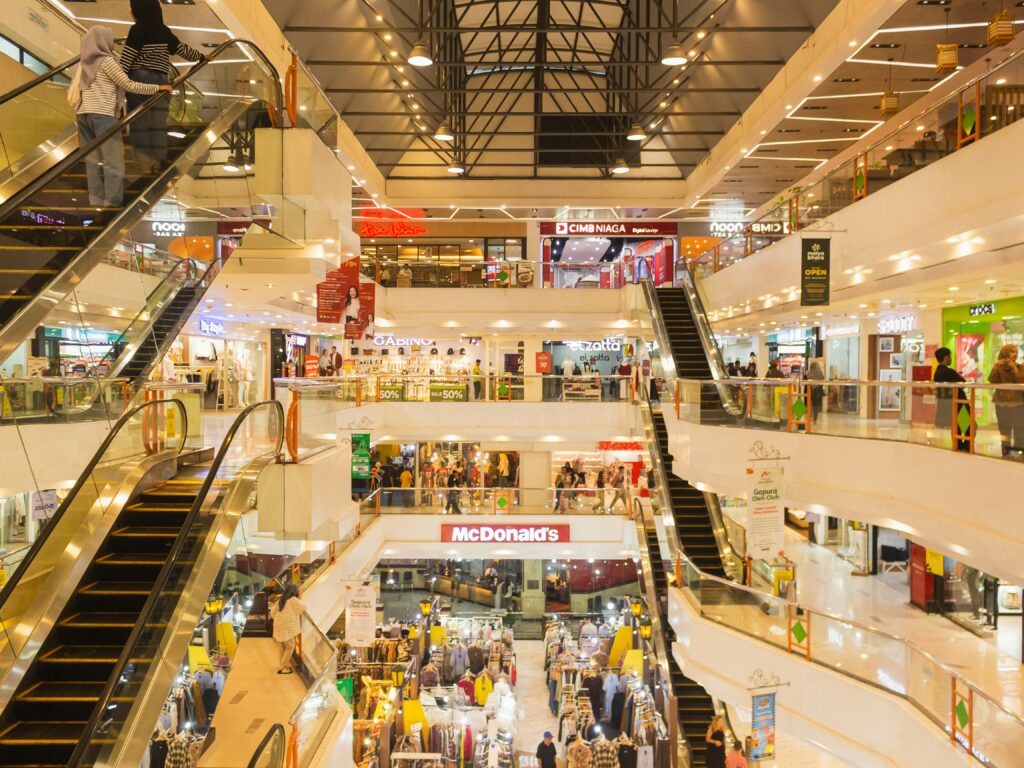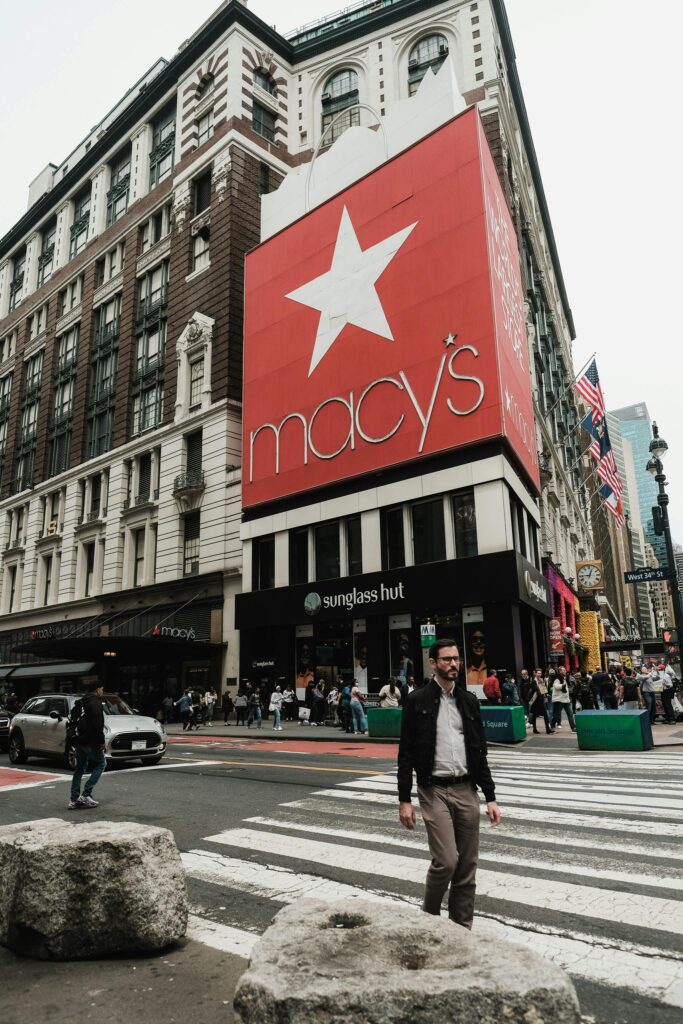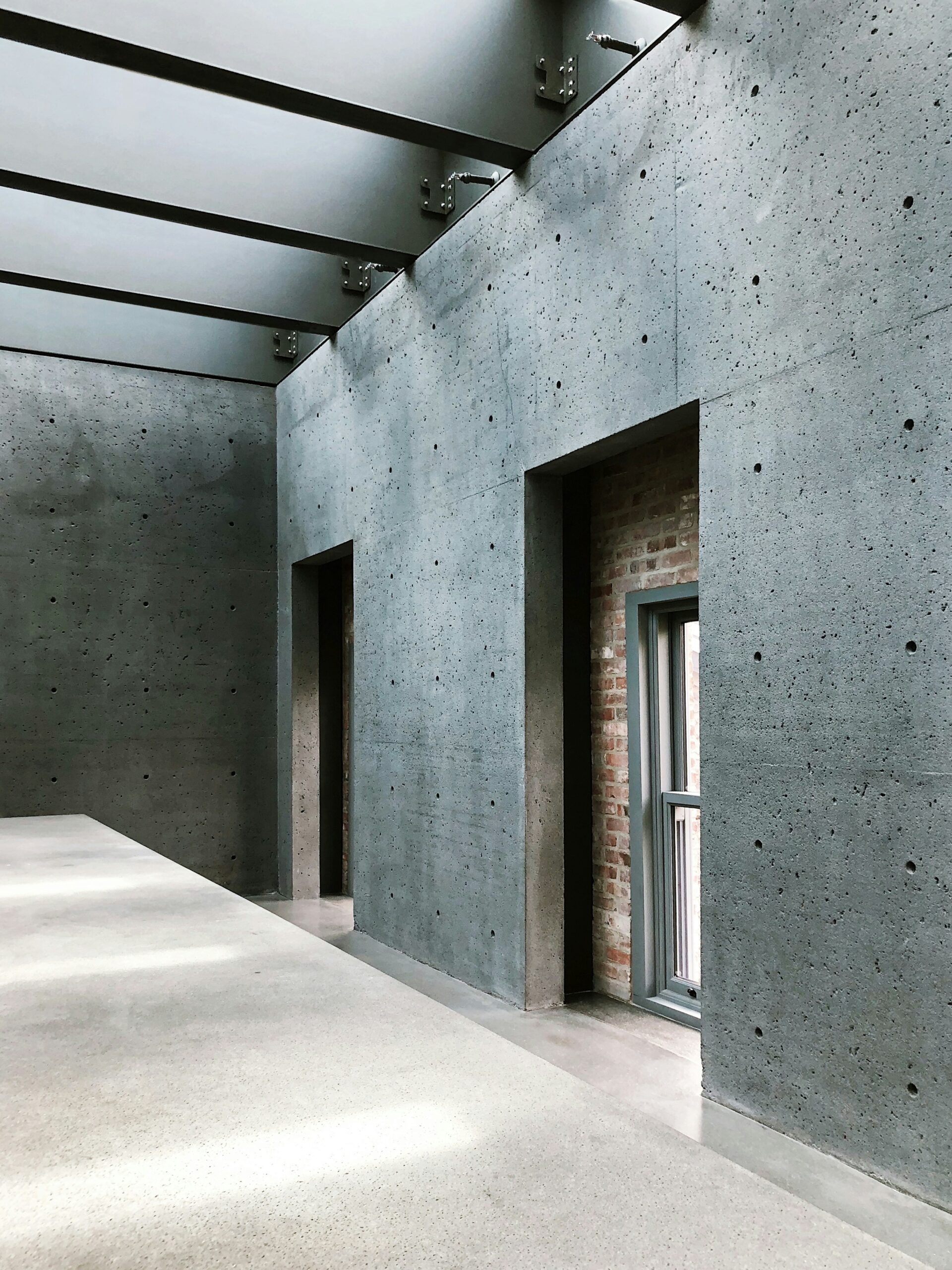Retailers today are developing their store channel with bloated processes and inefficiencies, managed by a disengaged workforce incentivized by marginal change, yet expect a meaningful and sustainable outcome.
A Problem Stack.
Retailers today are developing their store channel with bloated processes and inefficiencies, managed by a disengaged workforce incentivized by marginal change, yet expect a meaningful and sustainable outcome.
A Problem Stack.
In their efforts to enhance their customer value proposition, many companies face a significant challenge with outdated legacy systems designed for a faded era of retail before the emergence of omnichannel strategies and the impact of COVID.


Over the years spanning from the 1990s to the late 2010s, traditional store channels had matured with evolved prototypes, including malls, flagship stores, big box outlets, and department stores. Retail leaders like the Gap, William Sonoma, Best Buy, and Macy’s thrived with numerous stores and minimal changes to their brand store experience. For a lot of players, this became the blueprint.
Retail organizations were structured for large annual store rollouts, 7—to 10-year prototypes, and 10- —to 20-year leases. The B2B vendor market that supports retailers matured and optimized accordingly.
Retail development today is more calculated and data-driven, contrasting with the aggressive and often speculative expansion seen pre-2010. Modern retailers prioritize customer insights and digital integration in their store development strategies.
SUCCESS MAGAZINE
However, today, the needs have shifted to fewer stores and more iteration. Omnichannel integration, impacting every retail data system, including ERP, CRM, POS, and WMS, is forcing change to store development processes and scheduling. Community-led strategies, which embrace organic traffic growth and collaborative spaces with customers, are challenging conventions with shorter lease terms and CRU structures.


Much of this is a response to the significant shift in consumer behaviours and expectations, shifting store priorities into spaces for hybrid online/offline experiences that often prioritize customer retention and loyalty over previous customer acquisition drivers. Overall, the retail landscape is becoming increasingly fragmented, leading to heightened competition with new entrants constantly emerging.
Retailers respond by being nimble, continually refining their value propositions to meet these changing demands. However, B2B vendor markets must continue diversifying their offerings to stay relevant and keep up with these changes. Retailers often navigate a crowded and complex store development vendor base, where finding the right partners can be challenging. This fragmentation can lead to inefficiencies, misaligned expectations, and a lack of cohesive strategy in implementing new initiatives.
“As competition in the retail sector intensifies, companies are moving away from generic marketing strategies and towards more customer-focused initiatives. This evolution drives the need for frequent updates and innovations in store experience to attract and retain customers”
Bloomberg Business
While a more responsive and effective store development system has yet to be widely adopted, understanding the existing problematic tendencies of legacy organizations is integral to navigating a path forward.


Consider Parkinson’s Law, which states that work expands to fill the time available and its impact on project management processes. The impact goes beyond just creating bloated schedules and inefficiencies. It also results in compounding effects with each new project cycle. Retail and vendor organizations alike face these internal obstacles, which can significantly complicate the entire development ecosystem.
Interlinked with these flawed processes are alarming employee productivity trends. Due to the working conditions accelerated by COVID, many organizations face challenges related to low employee engagement and high attrition rates. These factors have diminished productivity and morale, creating an environment that hampers fast and meaningful innovation.
According to 2024 research, 70% of U.S. employees are currently not engaged at work, with 17% actively disengaged. This lack of engagement can lead to decreased productivity, lower quality of work, and higher employee turnover.
GALLUP, INC
Mature organizations and systems often stagnate and lose focus, requiring a strategic shift to change direction. Moreover, legacy retail companies have a tendency and a prevalent reward system that prioritizes outputs over outcomes. Store development success is measured by short-term metrics, such as store activation and YOY expense targets, rather than long-term value creation and customer satisfaction.
This focus on outputs can misallocate resources, with teams striving to meet targets rather than driving meaningful improvements. Shifting the focus to outcomes and rewarding efforts that lead to genuine customer value and sustainable growth is essential.
“A fixation on output rather than strategic outcomes can cause mature companies to miss out on new opportunities. This approach can lead to inefficiencies and an inability to respond swiftly to market changes”
The Economist
In their efforts to enhance their customer value proposition, many companies face a significant challenge with outdated legacy systems designed for a faded era of retail before the emergence of omnichannel strategies and the impact of COVID.


Over the years spanning from the 1990s to the late 2010s, traditional store channels had matured with evolved prototypes, including malls, flagship stores, big box outlets, and department stores. Retail leaders like the Gap, William Sonoma, Best Buy, and Macy’s thrived with numerous stores and minimal changes to their brand store experience. For a lot of players, this became the blueprint.
Retail organizations were structured for large annual store rollouts, 7—to 10-year prototypes, and 10- —to 20-year leases. The B2B vendor market that supports retailers matured and optimized accordingly.
Retail development today is more calculated and data-driven, contrasting with the aggressive and often speculative expansion seen pre-2010. Modern retailers prioritize customer insights and digital integration in their store development strategies.
SUCCESS MAGAZINE
However, today, the needs have shifted to fewer stores and more iteration. Omnichannel integration, impacting every retail data system, including ERP, CRM, POS, and WMS, is forcing change to store development processes and scheduling. Community-led strategies, which embrace organic traffic growth and collaborative spaces with customers, are challenging conventions with shorter lease terms and CRU structures.


Much of this is a response to the significant shift in consumer behaviours and expectations, shifting store priorities into spaces for hybrid online/offline experiences that often prioritize customer retention and loyalty over previous customer acquisition drivers. Overall, the retail landscape is becoming increasingly fragmented, leading to heightened competition with new entrants constantly emerging.
Retailers respond by being nimble, continually refining their value propositions to meet these changing demands. However, B2B vendor markets must continue diversifying their offerings to stay relevant and keep up with these changes. Retailers often navigate a crowded and complex store development vendor base, where finding the right partners can be challenging. This fragmentation can lead to inefficiencies, misaligned expectations, and a lack of cohesive strategy in implementing new initiatives.
“As competition in the retail sector intensifies, companies are moving away from generic marketing strategies and towards more customer-focused initiatives. This evolution drives the need for frequent updates and innovations in store experience to attract and retain customers”
Bloomberg Business
While a more responsive and effective store development system has yet to be widely adopted, understanding the existing problematic tendencies of legacy organizations is integral to navigating a path forward.


Consider Parkinson’s Law, which states that work expands to fill the time available and its impact on project management processes. The impact goes beyond just creating bloated schedules and inefficiencies. It also results in compounding effects with each new project cycle. Retail and vendor organizations alike face these internal obstacles, which can significantly complicate the entire development ecosystem.
Interlinked with these flawed processes are alarming employee productivity trends. Due to the working conditions accelerated by COVID, many organizations face challenges related to low employee engagement and high attrition rates. These factors have diminished productivity and morale, creating an environment that hampers fast and meaningful innovation.
According to 2024 research, 70% of U.S. employees are currently not engaged at work, with 17% actively disengaged. This lack of engagement can lead to decreased productivity, lower quality of work, and higher employee turnover.
GALLUP, INC
Mature organizations and systems often stagnate and lose focus, requiring a strategic shift to change direction. Moreover, legacy retail companies have a tendency and a prevalent reward system that prioritizes outputs over outcomes. Store development success is measured by short-term metrics, such as store activation and YOY expense targets, rather than long-term value creation and customer satisfaction.
This focus on outputs can misallocate resources, with teams striving to meet targets rather than driving meaningful improvements. Shifting the focus to outcomes and rewarding efforts that lead to genuine customer value and sustainable growth is essential.
“A fixation on output rather than strategic outcomes can cause mature companies to miss out on new opportunities. This approach can lead to inefficiencies and an inability to respond swiftly to market changes”
The Economist

Despite the challenges we face, it’s clear that change is coming. Today’s retailers emerging as winners have weathered and leveraged market disruption from digital transformation and COVID, shaping the future landscape as the legacy retailers of tomorrow.
They are dedicated to finding more effective methods to enhance store outcomes. Some retailers are counting on a better way to thrive. For me, this presents an opportunity to establish a new store development ecosystem that aligns with the evolving store model.
